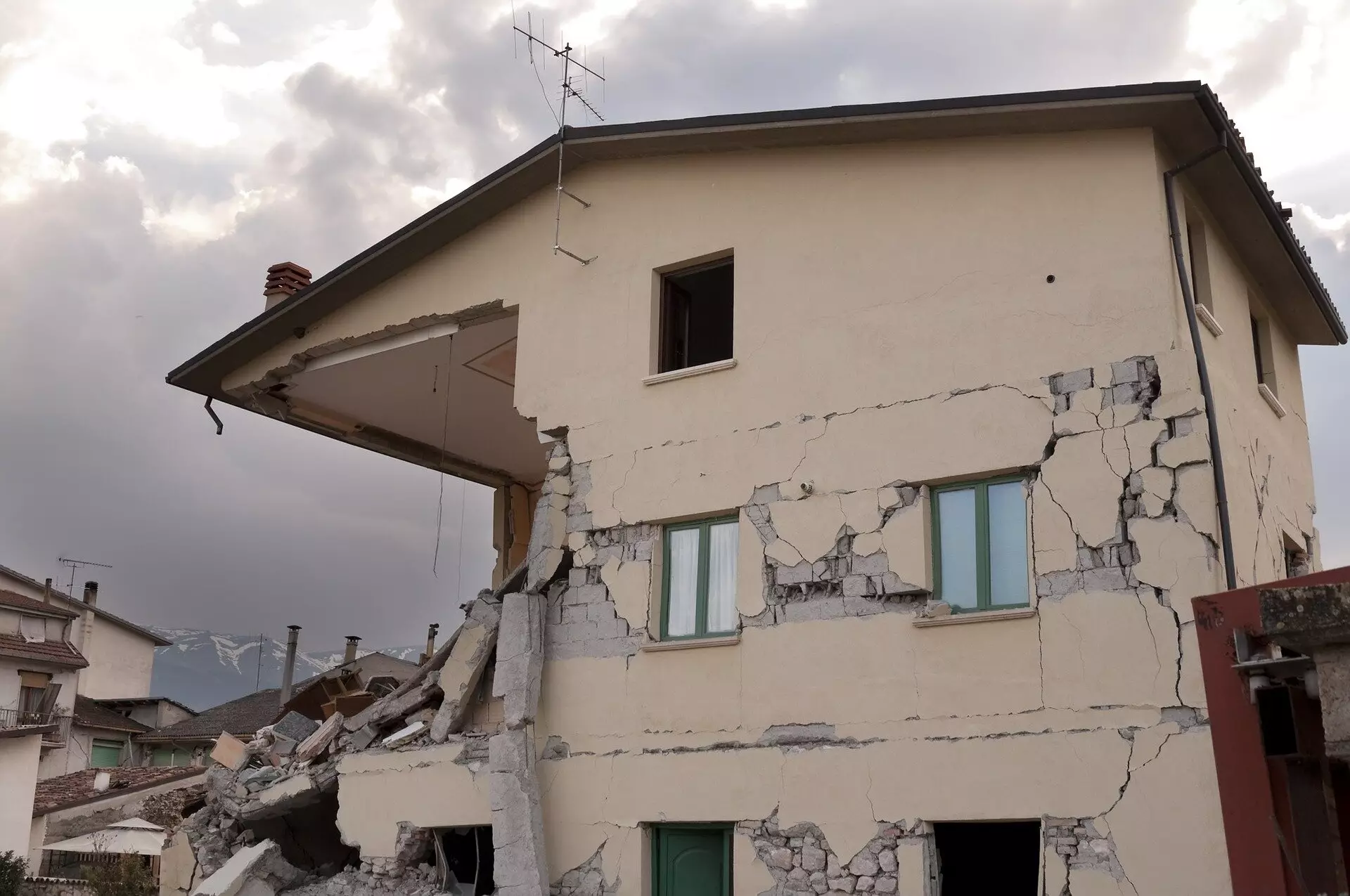Earthquakes are a capricious natural phenomenon that can inflict devastating consequences without warning. While the aftermath of a major tremor often involves a flurry of aftershocks—which serve as reminders of the stress redistribution in the earth’s crust—the buildup of seismic activity leading to large earthquakes is equally critical yet frequently overlooked. The understanding of this precursor activity is pivotal in developing reliable forecasting methods that can save lives and mitigate damage in seismically active regions.
Recent advancements in earthquake science have illuminated the concept of Precursory Scale Increase (PSI). This phenomenon entails a noticeable escalation in both the frequency and magnitude of earthquakes in a specified geographic area in the lead-up to a significant seismic event. The identification of PSI relies on an established statistical relationship among various precursory parameters, forming the backbone of a predictive model known as EEPAS (Every Earthquake a Precursor According to Scale). This model seeks to give plausible forecasts for impending major earthquakes, operating within a time frame that ranges from months to decades, dictated largely by the anticipated magnitude of the quake.
Significant strides have been made in earthquake forecasting methodologies, particularly through the work of GNS Science Hazard and Risk Scientist Dr. Annemarie Christophersen. Her recent research, published in the journal Seismological Research Letters, introduces two innovative algorithms that enable the automatic detection of PSI within earthquake catalogs. Historically, identifying these precursor patterns has been an arduous and manual process, yet these algorithms promise to transform the landscape of earthquake prediction.
The algorithms have been applied to both real seismic catalog data and simulatory datasets built on established theories of earthquake mechanics. Notably, they have demonstrated an ability to uncover multiple instances of PSI linked to significant earthquakes, revealing varying precursor durations, spatial extents, and magnitudes. Interestingly, a balanced interplay between time and area was observed across both actual and synthetic data, suggesting a consistent pattern in how precursor activity intensifies as the main shock approaches.
The Road Ahead: Integrating Research into Practical Applications
Dr. Christophersen emphasizes the essential nature of this research in advancing comprehension of the seismic buildup preceding large earthquakes. The next logical step is integrating this newfound understanding into the EEPAS forecasting framework, which stands to enhance medium-term earthquake predictions significantly. This integration is not merely an academic endeavor; it bears direct implications for public safety and preparedness as it feeds directly into New Zealand’s National Seismic Hazard Model.
Recognizing the intricacies of precursory seismic activity and implementing robust algorithms for their detection represents a monumental leap forward in earthquake prediction. As we continue to unravel the complexities of earthquake dynamics, the hope remains that these scientific gains will ultimately contribute to effective disaster preparedness and response strategies, safeguarding communities in earthquake-prone zones.


Leave a Reply